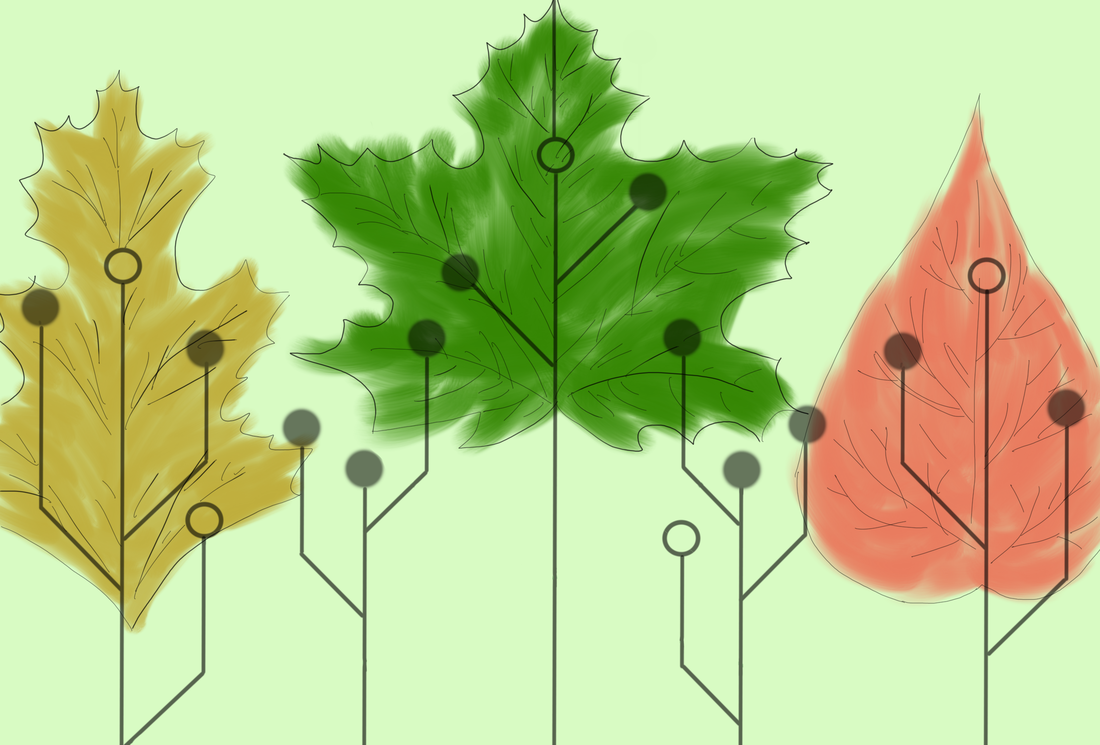|
By Angela Mu Photosynthesis, the ability of plants to create their own food from sunlight, water and carbon dioxide, evolved very early on in Earth’s history. During photosynthesis, a green, light-absorbing pigment called chlorophyll captures energy from sunlight and converts it into chemical energy. This energy is used to assemble glucose from the collected carbon dioxide and remove electrons from water in order to produce oxygen as a byproduct. Though photosynthesis is perhaps one of the earliest scientific concepts introduced in school, many scientists have turned towards this natural phenomenon when devising innovative ways of harnessing renewable energy. Artificial photosynthesis was proposed by Italian scientist Giacomo Ciamician in the early 1900s after he realized the unsustainability of fossil fuels and recognized photosynthesis as an approach to energy production that could potentially be replicated by humans. While Ciamician propelled the scientific community to explore methods of replicating photosynthesis synthetically, significant advancements in this area have only come about over the last few years. Unlike the photosynthetic process conducted by plants, artificial photosynthesis involves the use of solar cells, rather than chlorophyll, to harness and convert sunlight into usable electricity. Instead of only releasing oxygen at the end of the reaction, the process also converts carbon dioxide and water from the air into liquid hydrogen. This liquid hydrogen can be used as fuel to power engines or run air conditioning systems and water heaters. While the technology required to capture and convert the sun’s energy into electricity using solar cells is relatively mature, the main challenges lie in the production of hydrogen and the storing of electricity after it is produced. Generating hydrogen involves the dissociation of water molecules, which requires a large amount of energy. As such, manufactured or natural catalysts such as manganese, cobalt oxide, and dye-sensitized titanium dioxide, which react with the sun’s photons, are needed to split water molecules into hydrogen and oxygen. While these catalysts have been successful in spurring the chemical reaction, scientists are still searching for alternative catalysts of improved efficiency. Concerning the storing of electricity, researchers have also taken an approach that mimics natural photosynthesis. While plants are able to stockpile glucose in the form of starch and cellulose, devices that perform artificial photosynthesis can only store the converted electricity into batteries, which are limited in size. The underwhelming amount of power stored in these batteries is inadequate for powering a vehicle or heating a house. While there are many technological challenges that must be overcome before artificial photosynthesis can be introduced commercially, researchers have made exceptional breakthroughs in this area within the last couple of decades. In 2015, chemist Peidong Yang from the University of California, Berkeley created the first photosynthetic biohybrid system, which acts as a synthetic leaf and uses silicon semiconductors and live bacteria to perform photosynthesis. This process works by enabling the bacteria to retrieve electrons from the semiconductors and transform carbon dioxide into liquid fuels. In experimenting with different types of bacteria, Yang has been able to achieve a solar-to-chemical energy conversion efficiency of up to 0.38 percent, which is similar to the conversion efficiency in natural leaves. An international team from Japan has also recently discovered a chlorophyll molecule in bacteria that can absorb infrared light and drastically speed up the process of artificial photosynthesis. In February 2020, the U.S. Department of Energy announced a plan to provide up to 100 million dollars over five years to fund research into this area. With worldwide attention turned towards green energy, more breakthroughs can be expected in the coming years. As artificial photosynthesis technology grows and matures, it will greatly reduce our dependence on nonrenewable energy sources, leading society yet another step forward towards a more sustainable future.
1 Comment
|
Categories
All
Archives
April 2024
|

